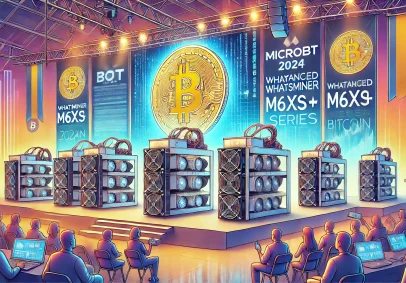Binance Mining Pool Rating
Blockchain mining allows you to earn cryptocurrency. This requires special equipment and software. However, in practice, the processes of private miners are built inconsistently, and earning crypto alone is very difficult. They use mining pools to increase their chances of earning a stable income. In our Binance pool review we will talk about Binance pool and its benefits and features.
What Is a Mining Pool?
Binance Pool is a mining platform that provides cryptocurrency mining and staking services. Since Binance Pool supports POS and PoW algorithms, miners can greatly increase their efficiency. The Binance exchange pool includes the so-called Smart Pool, which supports automatic hashrate switching of cryptocurrencies (for example, from Bitcoin Cash to Bitcoin SV). The final gain from mining is accrued in bitcoins.
Binance Pool is aimed more at beginners and lets you switch between cryptos in two clicks for more efficient mining. Initially, mining of only two cryptos was supported—BTC and BCH, but in subsequent months, the list was replenished with dozens of coins.
Advantages of Binance Pool
Key features and advantages of Binance mining pool:
- It is possible to mine popular cryptos such as Bitcoin, Ethereum, Litecoin, and Bitcoin Cash - more than 50 coins in total.
- Transparent reward system (PPS+) with daily payments to user wallets.
- Supports mining on both video cards and ASIC devices.
- Low commissions for large miners thanks to a flexible system of discounts.
- Binance support provides high infrastructure reliability.
- Convenient and informative user interface for monitoring mining.
- Regular holding of lotteries and other events for mining participants.
Thus, Binance Pool has several significant advantages for miners compared to other pools.
What Is Binance Pool’s Hashrate
Binance Pools provides detailed statistics about the pool's overall performance so that you can evaluate its size and efficiency. First, the entire hashrate of the pool for each supported cryptocurrency is displayed in (TH/s). Secondly, there is data about the numeral of connected functional miners. Now, more than 150 thousand active miners from all over the world are in the pool. Finally, statistics on production volumes are shown for different periods - 24 hours, one month, and just during operation.
How to Receive Binance Mining Pool Rewards?
Cryptocurrencies suitable for mining are “built” on two algorithms in Binance mining pool. For the “earner”, the algorithm is how you can earn money:
- Proof-of-work (POW) 's main task was to confirm transactions when creating new blocks in the blockchain of the first cryptocurrency, BTC. The main participants who are responsible for the blockchain's performance are called miners. Miners continually solve mathematical problems to discover the correct hash function to confirm transactions and add new blocks to the blockchain chain.
- The principal advantages of Proof-of-Stake are high transaction speeds and low energy consumption. Thanks to these features, the number of platforms using this algorithm is increasing yearly.
Affordable passive income is another important advantage of Proof-of-Stake. Each holder of coins based on this algorithm can increase their capital without performing high-risk operations or buying expensive video cards. You just need to keep the coins in your wallet.
Binance Pool Profit
It has 2 payout strategies for miners.
- PPS+ It is a pool reward system that is static. That is, each pool participant accepts a specified fee for each share accepted by the pool. Suppose we detail the calculation itself a little. In that case, the calculation of the final reward also considers the current reward for the block and the complexity of the network. The prefix “+” denotes what we will divide between TxFee miners when the block is found. Thus, the miner receives a full mining reward from each block found.
- The Binance Pool mining reward system established on the FPPS+ principle is an improved version of the traditional FPPS method. In this system, miners obtain a fixed payment for each share, which is a portion of the work done by the miner to find a block.
Conclusion
Most miners responded positively to the new opportunities for mining cryptocurrencies. The wild popularity of Binance is likely to lead to the Binance Pool simply displacing all competing pools, which is also not good for supported cryptocurrencies. However, Binance Pool is attracting more and more miners, and we can only recommend this pool for use.


